Chinese Yuan Extends Drop to Six-Month Low as U.S. Yields Rise
This article from Bloomberg may be of interest to subscribers. Here it is in full:
The yuan slipped to its weakest level in six months, pressured by concern surrounding China’s growth outlook and a surge in U.S. Treasury yields.
China’s offshore currency weakened by as much as 0.7% to 6.4198 per dollar in New York trading, its weakest since October 2021. The decline comes as traders eye the risk that the world’s second-largest economy is becoming snarled in lockdowns, quarantine and testing rules. The yuan was also pressured by a rise in U.S. yields and the greenback on odds of even more aggressive Federal Reserve tightening.
On Monday, China’s central bank unveiled nearly two dozen measures and promises intended to boost lending and support industries that have been beaten down by recent Covid lockdowns, including a pledge to guide banks to expand loan extensions.
“This is the strongest signal yet from Chinese authorities that they are concerned over growth conditions,” said Simon Harvey, head of currency analysis at Monex Europe. “Coupled with regulatory tightening in the tech sector, the increased level of concern over domestic growth suggests a poor year for Chinese equity returns. Today’s currency reaction is reflective of this.”
Although first-quarter GDP data showed a pick-up in growth, a deceleration in production and retail data in March as economists further worried about China’s growth outlook amid damage from lockdowns.
In the U.S., meantime, investors are ramping up bets for the size of the Fed’s next interest rate hike. While markets are generally pricing in a 50-basis-point hike, St. Louis Fed President James Bullard said Monday that hikes of as much as 75 basis points shouldn’t be ruled out. Treasury yields surged across the curve on Tuesday, with the benchmark 30-year bond rising above 3% for the first time in three years.
That likely deepened losses for the yuan, which on Tuesday breached the key support level of its 200-day moving average. Japan’s yen also plunged, set to extend its longest losing streak in more than half a century.
Slowing consumer spending is beginning to weigh on the Chinese economy and not least as house prices post negative performance. The Chinese government has been very slow to act because they are aware of how overt stimulative action inflates asset bubbles, and prices are already high. Nevertheless, they probably fear social unrest from high unemployment and negative growth more.
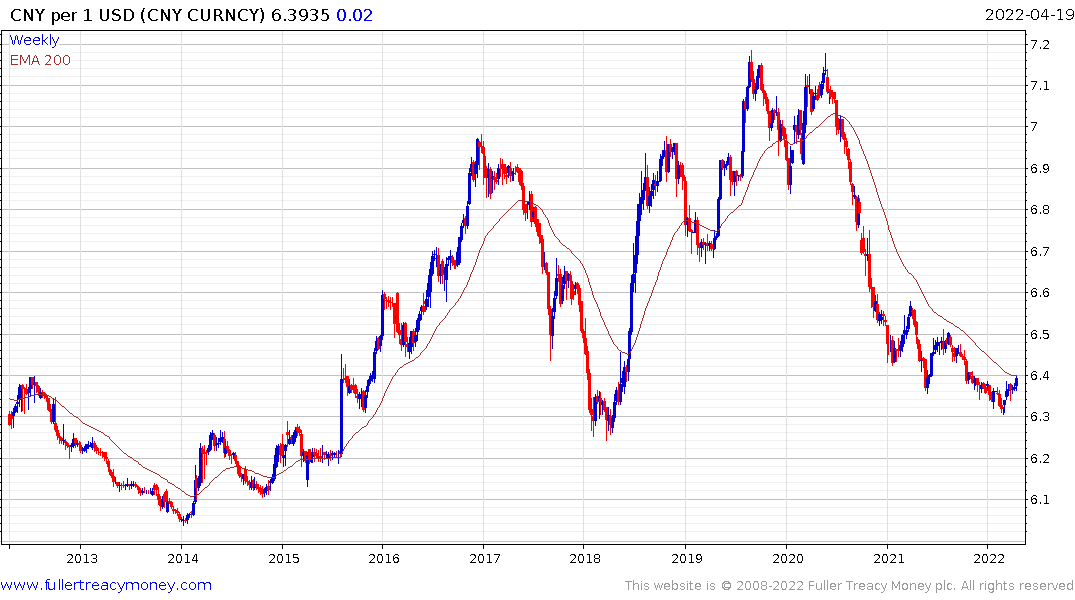
They cannot both stimulate the economy and support the currency at the same time. China is very eager to internationalise the yuan and certainly does not want a rout, but there is clear scope for currency weakness. That’s the clearest barometer we have for liquidity provision. It’s no coincidence that asset prices are rebounding today on this development.
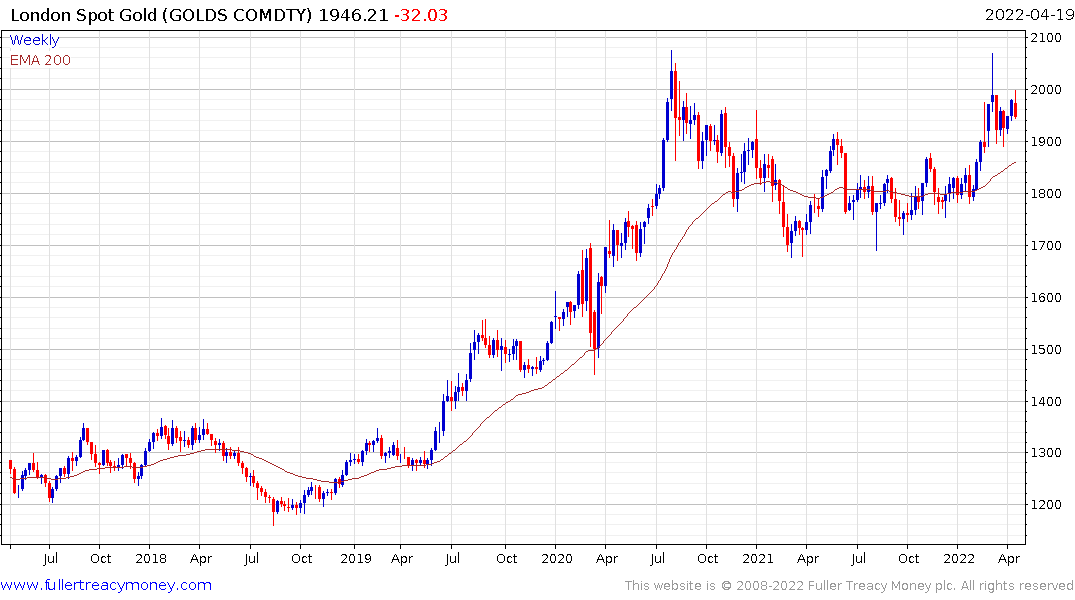
Gold pulled back sharply as it continues to consolidate below the psychological $2000 level.
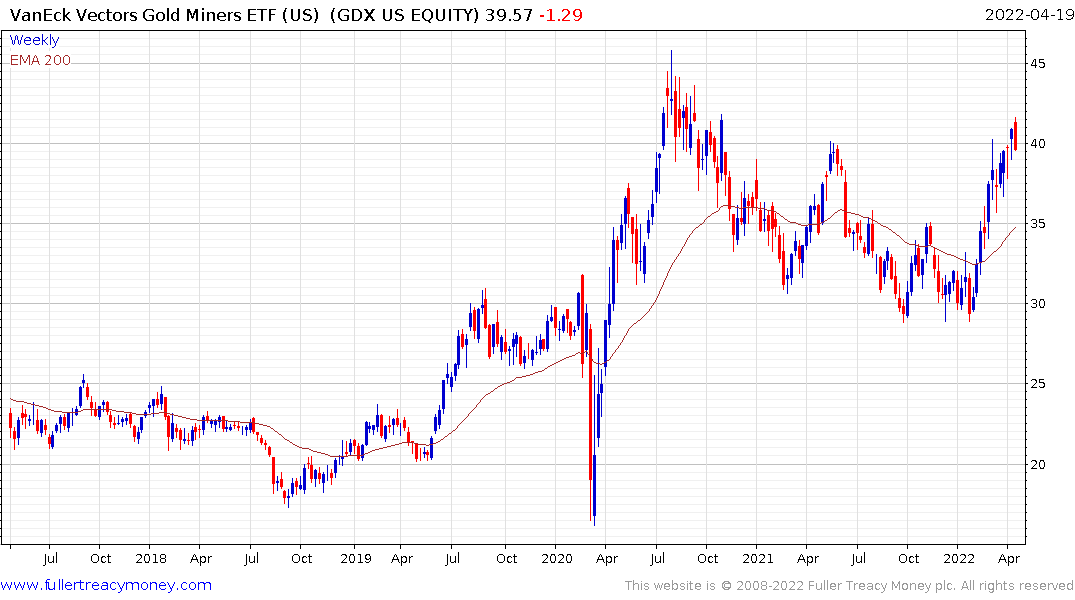 Gold shares are short-term overbought and now also consolidating.
Gold shares are short-term overbought and now also consolidating.
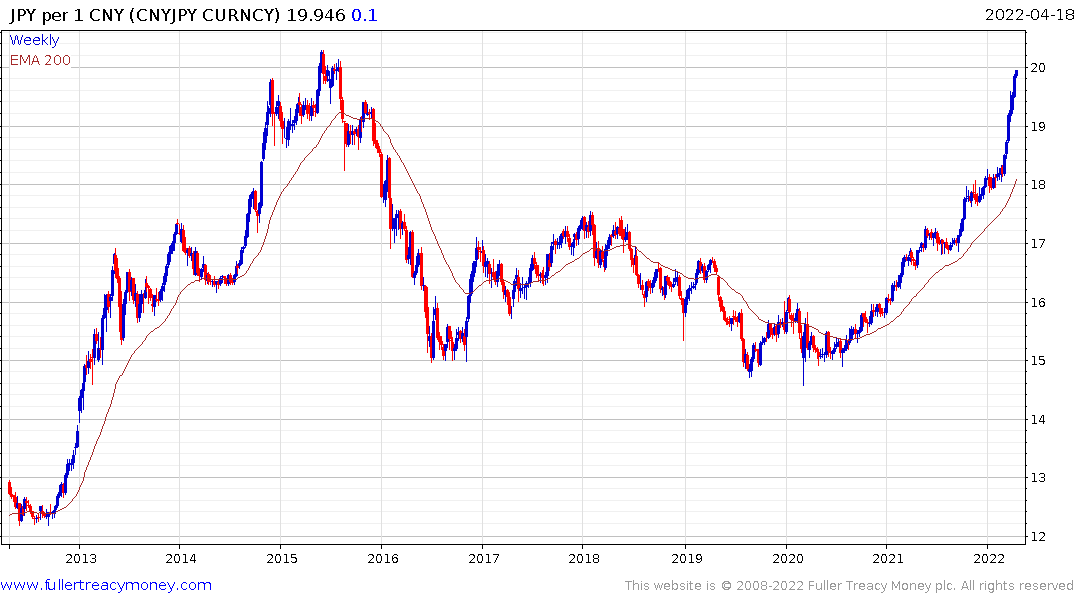
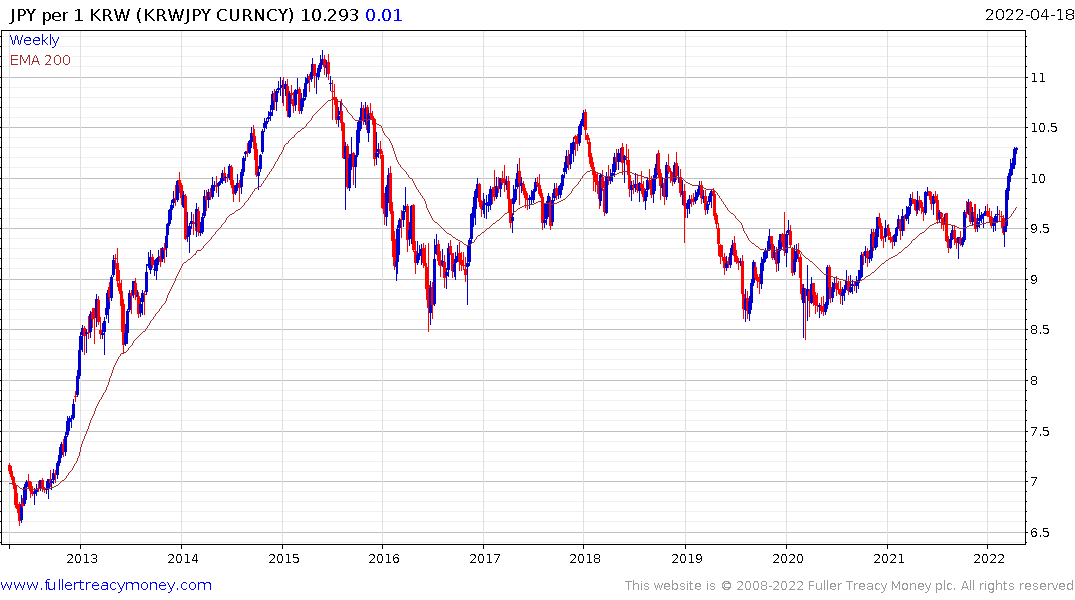
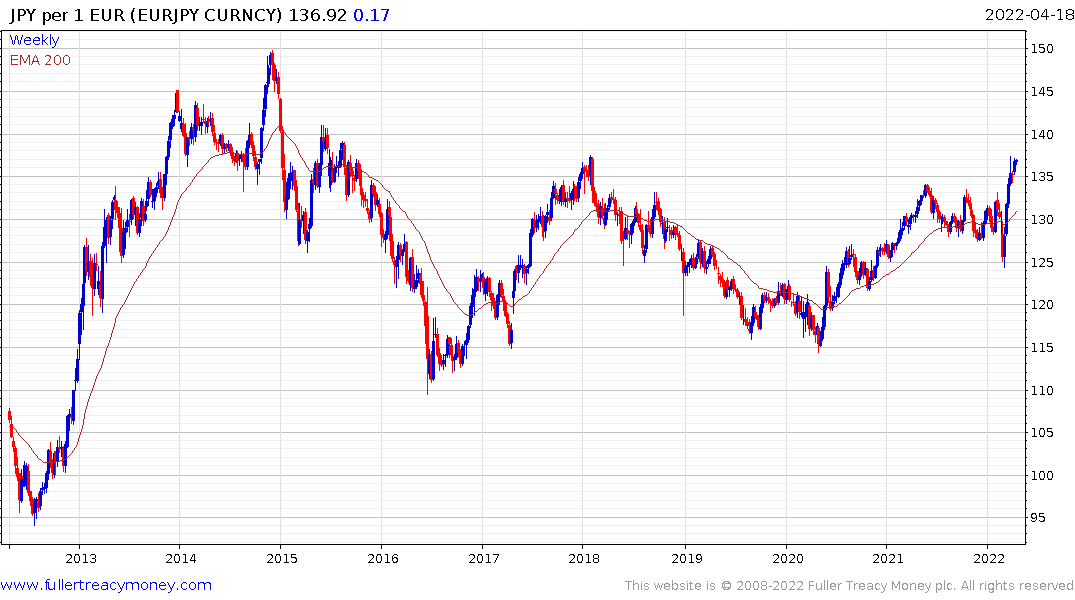
The Yen is short-term oversold but has not shown any sign of strengthening. That’s a clear threat to the competitiveness of Chinese, South Korean and Eurozone exporters competing with Japanese companies. The lower the Yen goes, the greater the potential for competitive devaluation. Ultimately, that’s good news for gold.


